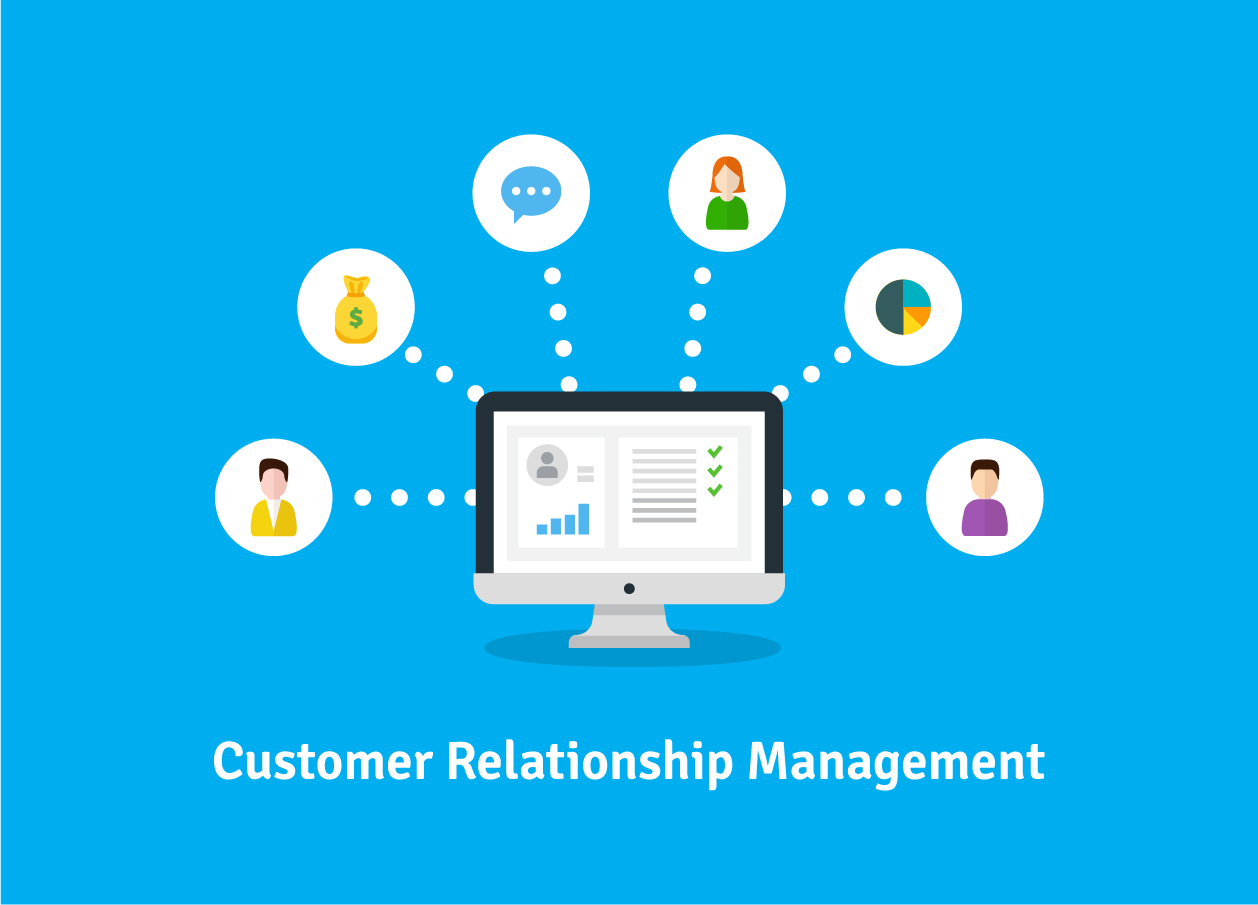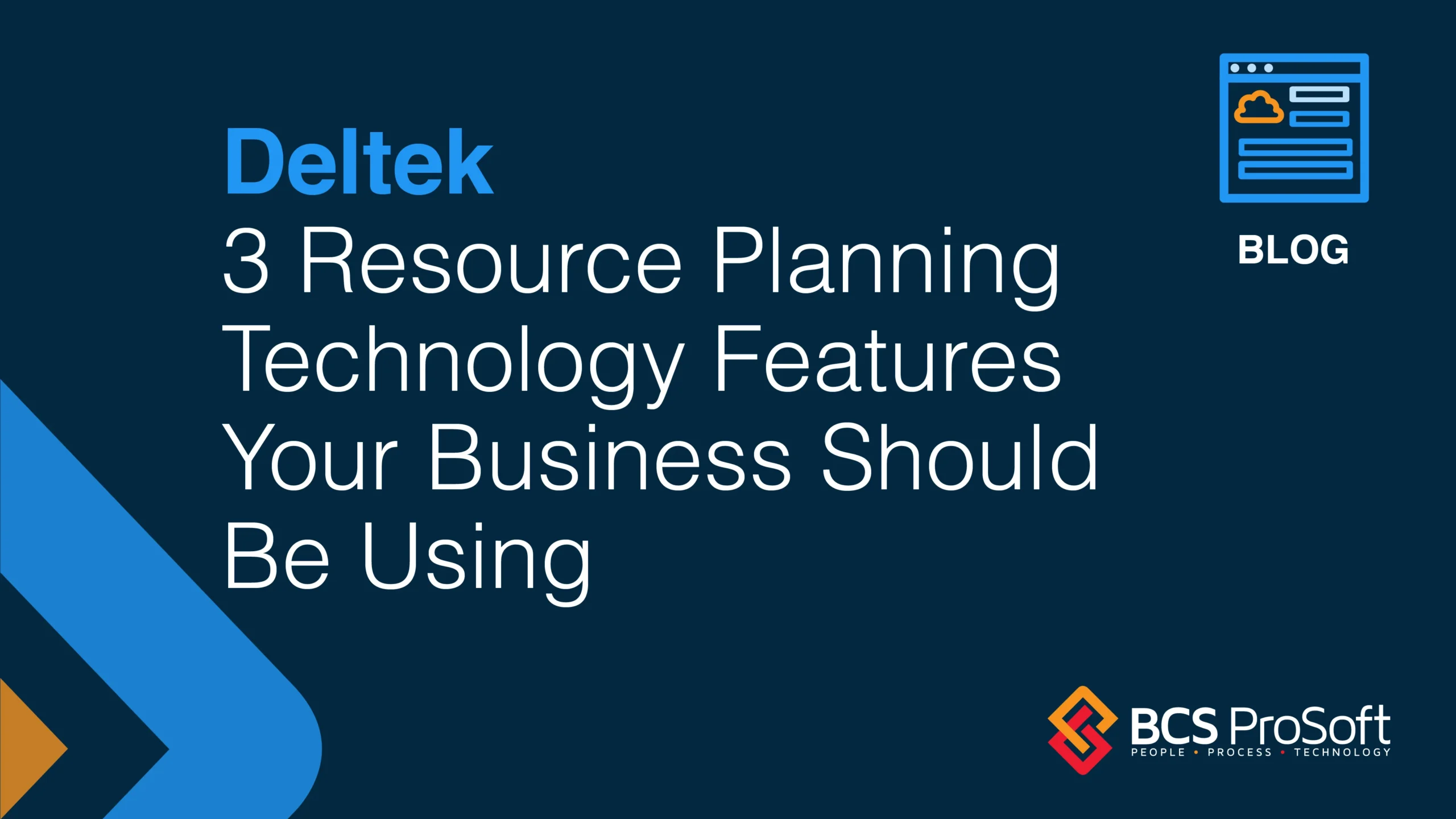We all know that construction projects are complex and often involve a significant amount of risk. From natural disasters to human errors, there are many factors that can impact the success of a construction project. That’s why it’s crucial for construction companies to have a solid construction risk management plan in place.
In this article, we’ll discuss the nine most common types of risks in construction and provide some tips on how to effectively handle them. Whether you’re a project manager or a business owner, understanding these risks and knowing how to mitigate them can help ensure the success of your construction projects- so let’s get going!
What is Construction Risk Management?
Construction risk management is the process of identifying, assessing, and controlling potential risks that could affect a construction project. This involves analyzing all aspects of a project and implementing strategies to prevent or minimize the impact of these risks.
Construction risk management is so important because, according to the Bureau of Labor Statistics, there are 150,000 construction site incidents per year in the United States.
Now let’s take a closer look at the top 9 types of risks in construction and how to manage them:
9 Types of Risk in Construction Projects
Managing a construction project is like navigating a complex labyrinth- one wrong turn can lead to a myriad of challenges. To help you avoid those pitfalls, here are the top nine types of risk in construction projects:
1. Labor Issues
Labor issues can be a major project risk. These can include:
- Labor Shortage: It’s a familiar story – too many projects and not enough skilled hands to work on them. This shortage not only slows down your project but can also lead to a frantic scramble to find qualified workers, often at a higher cost.
- Labor Productivity: Ever had days where your team seems to be moving at a snail’s pace? Low productivity can be a silent budget killer, significantly dragging out timelines and inflating costs.
- Labor Quality: Hiring the wrong team is like building on a shaky foundation. Poor workmanship not only jeopardizes the structural integrity of your project but can also lead to expensive and time-consuming rework.
In summary, labor-related risks can have a significant impact on project timelines, budgets, and overall quality. But how do you effectively mitigate these risks? It all starts with proper planning and proactive measures.
2. Safety
Imagine a typical day at a construction site – heavy machinery, heights, electrical systems. Safety risks are ever-present, and a single oversight can lead to accidents, causing not just human tragedy but also project delays and legal complications.
3. Financial Risk
Budget overruns in construction are as common as nails on a job site. Unexpected cost escalations can arise from various sources – from fluctuating material prices to unplanned overtime payments, putting a strain on your financial resources.

4. Coordination
Coordinating a construction project is much like conducting an orchestra; every section must be in sync. Misalignment among teams, poor communication, or scheduling mishaps can lead to costly delays and project inefficiencies.
5. Legal Risk
The construction industry is heavily regulated, and legal risks abound – from contract disputes to non-compliance with zoning laws. Navigating these legal complexities requires more than just a hard hat; it demands keen awareness and proactive management.
6. Project/Documentation Risk
Ever misplaced a crucial document? In construction, this can mean more than just a minor inconvenience. Inadequate documentation or project mismanagement can lead to confusion, errors, and disputes, stalling your project’s progress.
7. Environmental Risk
Weather is as unpredictable as a roll of dice. Natural events like floods or earthquakes can not only cause physical damage to the construction site but also result in significant project delays and financial losses. That’s why understanding and mitigating environmental risks is crucial for any construction project.
8. Financial Risk
Cost overruns are not uncommon in the construction industry, but they can quickly spiral out of control if left unchecked. A lack of financial planning, budgeting, and forecasting can lead to cash flow issues and even bankrupt a company. It’s essential to have a solid financial risk management strategy in place to avoid such disasters.
Additionally, understand different strategies for project execution by reading our article on construction project delivery methods.
8. Reporting
Accurate and timely reporting is the backbone of project management. Inaccurate or delayed reports can lead to poor decision-making and oversight, significantly impacting project outcomes. With environmental risks, it’s even more critical to have accurate reporting in place.
9. Disputes
Construction projects often involve multiple stakeholders with varied interests. Disputes, whether over contractual obligations, quality of work, or project specifications, can escalate into expensive legal battles, draining resources and time.
How to Manage Risks in Construction Projects

The construction risk management process involves identifying, assessing, and responding to potential risks. Here are some steps you can take to effectively manage risks in construction projects:
Identify Risks
The first step is like mapping the terrain before a journey. Conduct a thorough analysis of your project to uncover potential risks. This can involve reviewing past projects, consulting with experts, and understanding the unique aspects of your current project. It’s about asking, “What could possibly go wrong?”
Assess and Prioritize Risks
Once risks are identified, assess them based on their potential impact and likelihood. It’s like sorting out which hurdles on your path require immediate attention and which can be addressed later. Create a risk matrix to categorize these risks, helping you to prioritize and allocate resources effectively.
Respond to Risks
Next, develop a strategy to deal with each identified risk. This stage is all about choosing the right tools from your toolbox:
- Avoid: Sometimes the best strategy is to avoid the risk altogether. This might mean turning down certain projects with high-risk factors or choosing different materials or methods to circumvent potential problems.
- Transfer: Think of this as sharing the load. Risks can often be transferred to another party, like insurance companies or subcontractors, through contracts and insurance policies.
- Mitigate: This involves taking steps to reduce the likelihood or impact of a risk. Regular safety training, quality checks, and effective project management practices are all mitigation tactics.
- Accept: In some cases, the risk may be unavoidable but manageable. This is where you accept the risk but prepare for its potential impact.
Understanding and managing risk is an important aspect of any project. It requires proactive planning, effective communication, and a willingness to adapt and make changes when necessary.
Create a Contingency Plan
Hope for the best but prepare for the worst. A contingency plan is your backup plan for when things don’t go as expected. It outlines alternative actions and resources that will be used if risks materialize. This is ensuring you have a lifeboat in case of a storm.
Create a Construction Risk Management Plan
This is your blueprint for managing risks. Your plan should detail all identified risks, your strategies for managing them, and the resources allocated for each. It should be a living document, adaptable as the project evolves.
For insights into integrating these risk management strategies with broader engineering project management, refer to our guide to engineering project management for a more comprehensive understanding.
What Does a Construction Risk Management Plan Look Like?
A construction risk management plan is a comprehensive document that serves as a roadmap for navigating through potential project hazards. Picture it as a detailed blueprint, not just for building structures, but for building a successful and risk-averse project environment. Here’s a breakdown of what it typically includes:
Risk Identification
This section lists all potential risks, just like a patient chart in a doctor’s office. It lays out everything from labor shortages to environmental hazards.
Risk Analysis
Here, each risk is dissected and analyzed, similar to a meteorologist studying weather patterns. The focus is on understanding the probability of occurrence and potential impact of each risk.
Risk Prioritization
Think of this as a triage system, sorting risks into categories of high, medium, and low priority based on their analysis. This helps in focusing attention where it’s needed most.
Risk Mitigation Strategies
This is the action plan. For each risk, specific strategies and measures are outlined. It’s akin to a playbook in sports, detailing the tactics for handling different scenarios.
Assignment of Responsibilities
This section details who is in charge of managing each risk, ensuring that everyone knows their role in the risk management process.
Monitoring and Reporting Protocols
It sets up a system for tracking the progress of risk management efforts and outlines how and when to report on this progress.

Contingency Plans
This part includes backup plans for each high-priority risk, akin to having a spare tire in your trunk.
Budget and Resources Allocation
Just like a financial planner allocates funds, this section outlines the resources, including budget and tools, allocated for managing risks.
Review and Update Mechanisms
Finally, the plan includes a schedule for regular reviews and updates, ensuring it evolves with the project’s progress.
Who is Responsible for Each Project Risk?
In the world of construction risks, managing risks is a team effort, where responsibility is shared across various roles:
Project Managers
Project managers are at the helm, steering the entire risk management process. They shoulder the overarching responsibility of developing and overseeing the risk management plan, ensuring that all project aspects align with the established risk strategies. Their pivotal role includes coordinating with stakeholders to maintain a harmonious understanding and response to risks. Project managers are particularly vigilant against risks that may lead to project delays, scope creep, or communication breakdowns.
Construction Managers
Construction managers, the frontline guardians of the project, are tasked with the practical application of risk management strategies on the ground. They are the enforcers of safety protocols, diligently working to prevent on-site accidents and ensure efficient resource allocation. Their daily oversight is crucial in maintaining the rhythm of the project and mitigating on-site risks. To gain further insight into their broader role, read our blog on construction project management, which delves into their comprehensive responsibilities.
Site Engineers and Supervisors
Site engineers and supervisors serve as the vigilant eyes and ears on the construction site. Their key responsibility is to monitor ongoing site conditions, swiftly identifying new risks and ensuring strict adherence to the risk management plans. They are particularly focused on technical aspects, such as potential equipment or structural failures, and unexpected site challenges like adverse ground conditions or weather impacts.
Safety Officers
Safety officers, dedicated exclusively to safety risks, enforce rigorous safety standards and conduct regular inspections. Their role involves not only monitoring compliance but also providing essential safety training to workers. They are the custodians of health and safety on the site, constantly alert to hazards that could lead to worker injury or health issues.
Contract Administrators
Contract administrators navigate the legal and contractual waters of the project. They manage risks associated with contracts, ensuring compliance and adeptly handling any legal disputes that arise. Their domain includes managing risks related to contractual discrepancies and legal compliance, ensuring that every contractual term is met and the project adheres to relevant laws and regulations.
Financial Managers
Financial managers play a crucial role in managing financial risks. They oversee budget and cost management, ensuring the project does not suffer from financial overruns and maintains financial viability. Their expertise is crucial in managing cost overruns and cash flow issues, ensuring the project has adequate liquidity at all times.

Quality Assurance Teams
Quality assurance teams are the gatekeepers of construction quality. They ensure that every phase of construction meets the set quality benchmarks and manage risks that could compromise the integrity of the project. Their vigilant eyes are on workmanship errors and material quality issues, ensuring that every aspect of the construction meets the highest standards.
External Stakeholders (Subcontractors, Suppliers, etc.)
Finally, external stakeholders, including subcontractors and suppliers, share the responsibility for managing specific risks related to their scope of work and supply chain. They are essential in managing risks such as delivery delays of materials or equipment and ensuring subcontractor performance aligns with contractual obligations and quality standards.
The Final Take Away

Risk assessment when it comes to construction projects is crucial for ensuring a successful outcome. It requires the collaboration and cooperation of all stakeholders involved, from the project managers to external contractors and suppliers.
Constant communication and transparency between all parties are key in identifying and mitigating potential risks before they can impact the project. By effectively managing risks, projects can stay on schedule, within budget, and meet quality standards, leading to a satisfied client and a successful project completion.
So, make sure to prioritize risk assessment in your next construction project for a smooth and successful journey for future projects from start to finish!
For further reading, check out our guide on the best engineering project management software.
Frequently Asked Questions
What is risk management in construction?
Risk management in construction is the process of identifying, assessing, and controlling potential risks that may occur during a construction project. This includes both internal risks within the project itself, as well as external risks from factors such as weather, suppliers, or regulatory changes. Its goal is to minimize the impact of these risks on the project by implementing strategies and measures to prevent or reduce their likelihood and consequences.
How do you mitigate risk in a construction project?
There are several steps that can be taken to avoid safety hazards in a construction project. These include:
Identify potential risks: The first step is to identify all possible risks that could impact the project, both internal and external.
Assess the likelihood and consequences of each risk: Once identified, it’s important to assess how likely each risk is to occur and what its potential consequences could be.
Develop a risk management plan: A comprehensive plan should be developed for managing and addressing each identified risk. This may include strategies for prevention, contingency plans, and mitigation measures.
Communicate with stakeholders: It’s crucial to communicate the identified risks and the planned response to all stakeholders involved in the project, including contractors, suppliers, and clients.
What is project risk management in construction?
Project risk management in construction is a crucial and systematic process aimed at identifying, analyzing, and responding to various risks that can impact a construction project. It involves a series of steps designed to minimize the likelihood and impact of negative events, while maximizing opportunities, thereby ensuring the project’s success and sustainability.
At its core, project risk management is about foreseeing problems before they occur and having plans in place to address them. This involves:
Risk Identification: Spotting potential risks that could jeopardize the project’s timeline, budget, safety, quality, and compliance.
Risk Analysis: Evaluating the identified risks to understand their potential impact and the likelihood of their occurrence.
Risk Prioritization: Ranking risks in order of significance to determine which ones need immediate attention and resources.
Risk Mitigation Strategies: Developing and implementing plans to either avoid, transfer, mitigate, or accept each risk.
Continuous Monitoring and Review: Regularly tracking identified risks and the effectiveness of mitigation strategies, adjusting as needed based on the project’s progression and any changes in circumstances.
For architects, understanding the principles of project management is equally important. It enables them to collaborate effectively with project managers and contribute to the overall risk management process. In the context of architecture, project management focuses on ensuring that the design vision aligns with practical construction constraints, budget limitations, and client requirements. For more insights into this, consider exploring our detailed blog on project management for architects where we delve into how architects can play a pivotal role in managing and mitigating risks in construction projects.
What are the principles of risk management in the construction industry?
The principles of risk management in the construction industry include identifying potential risks, assessing their impact and probability, prioritizing them based on severity, developing strategies to mitigate, transfer, avoid, or accept risks, implementing these strategies, and continuously monitoring and adjusting them as the project progresses.
Your project team and project risks are constantly evolving, and it is crucial to have a proactive approach to risk management. By following the principles of risk management in the construction industry, you can minimize potential hazards and ensure successful project completion.






